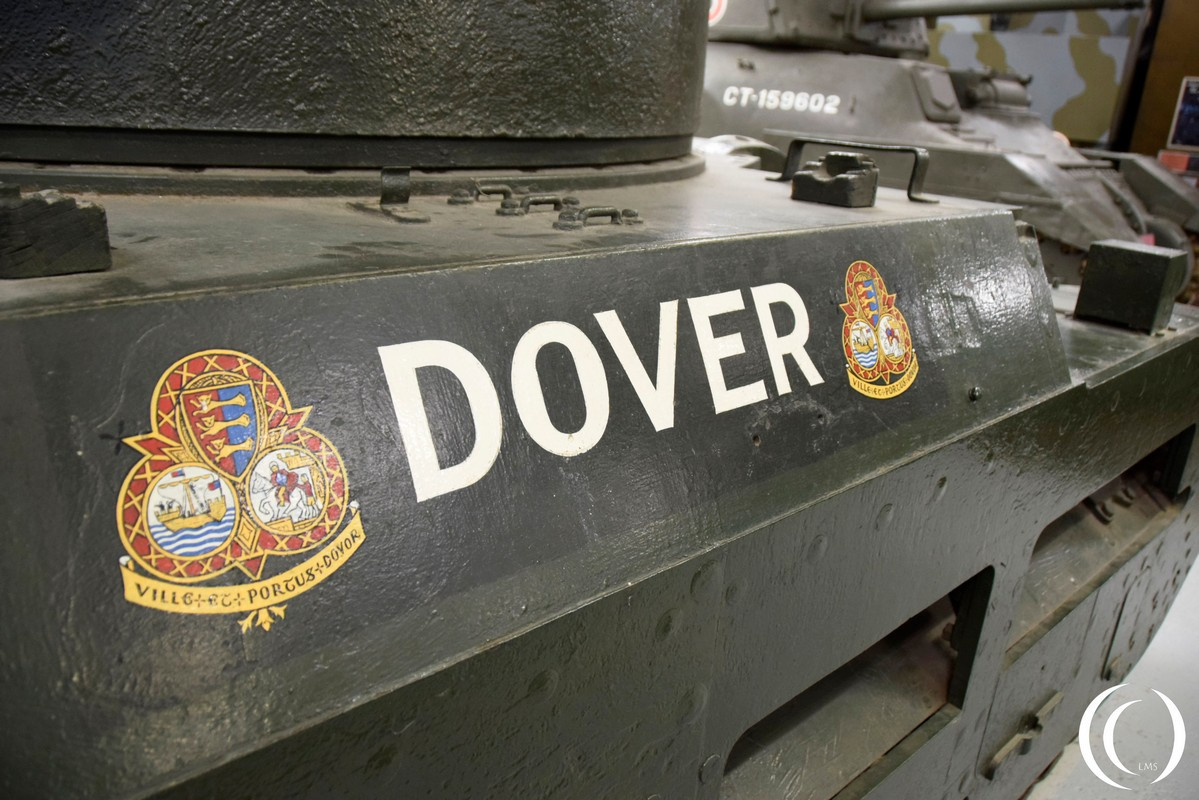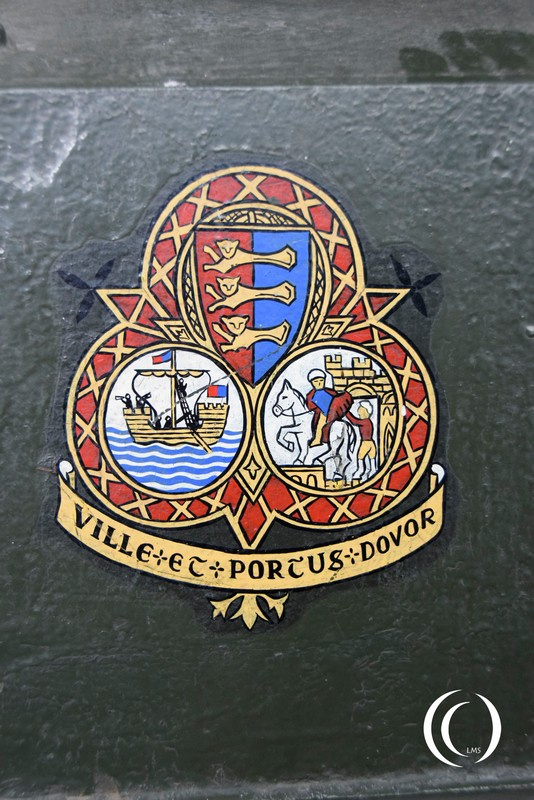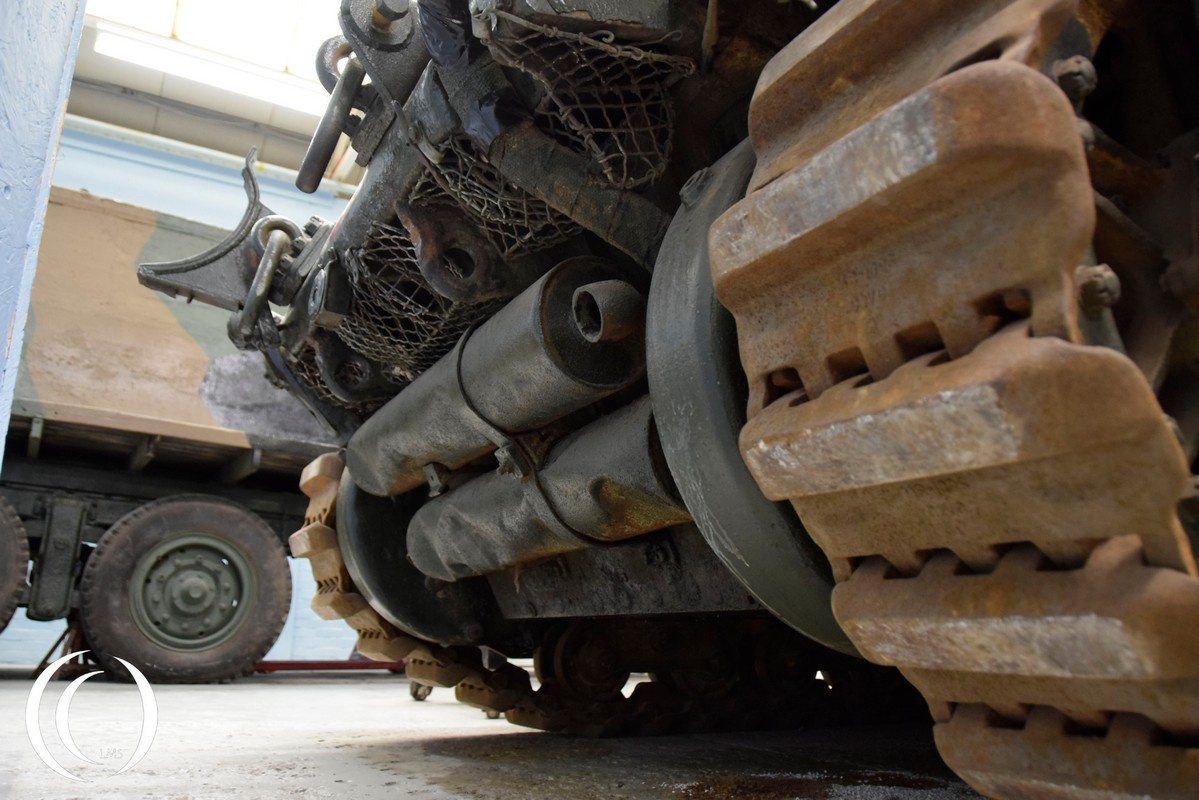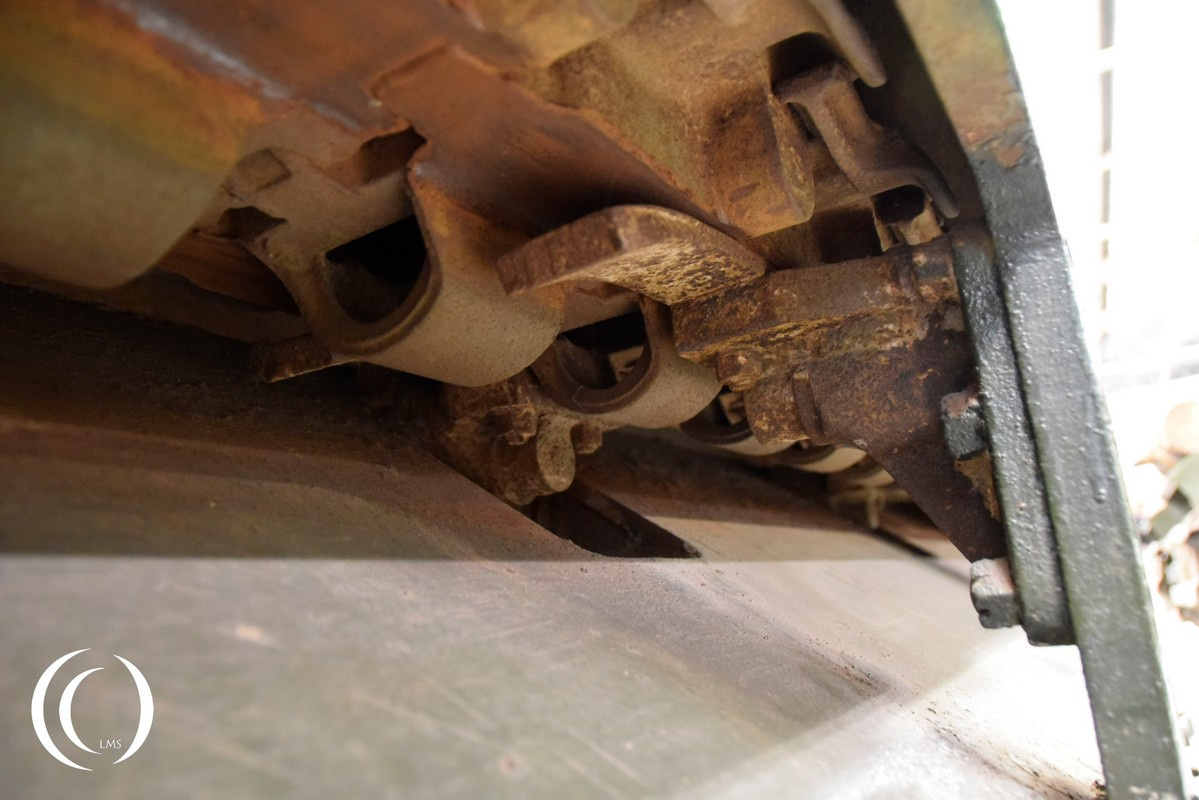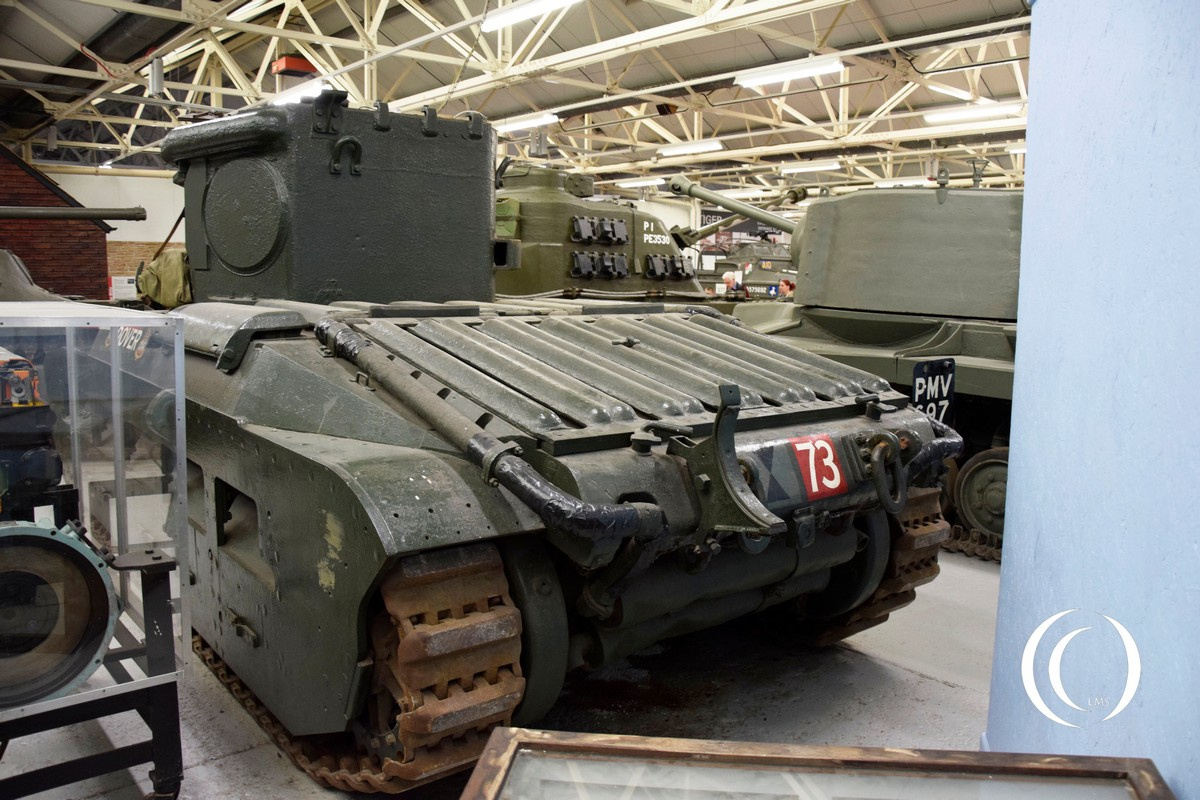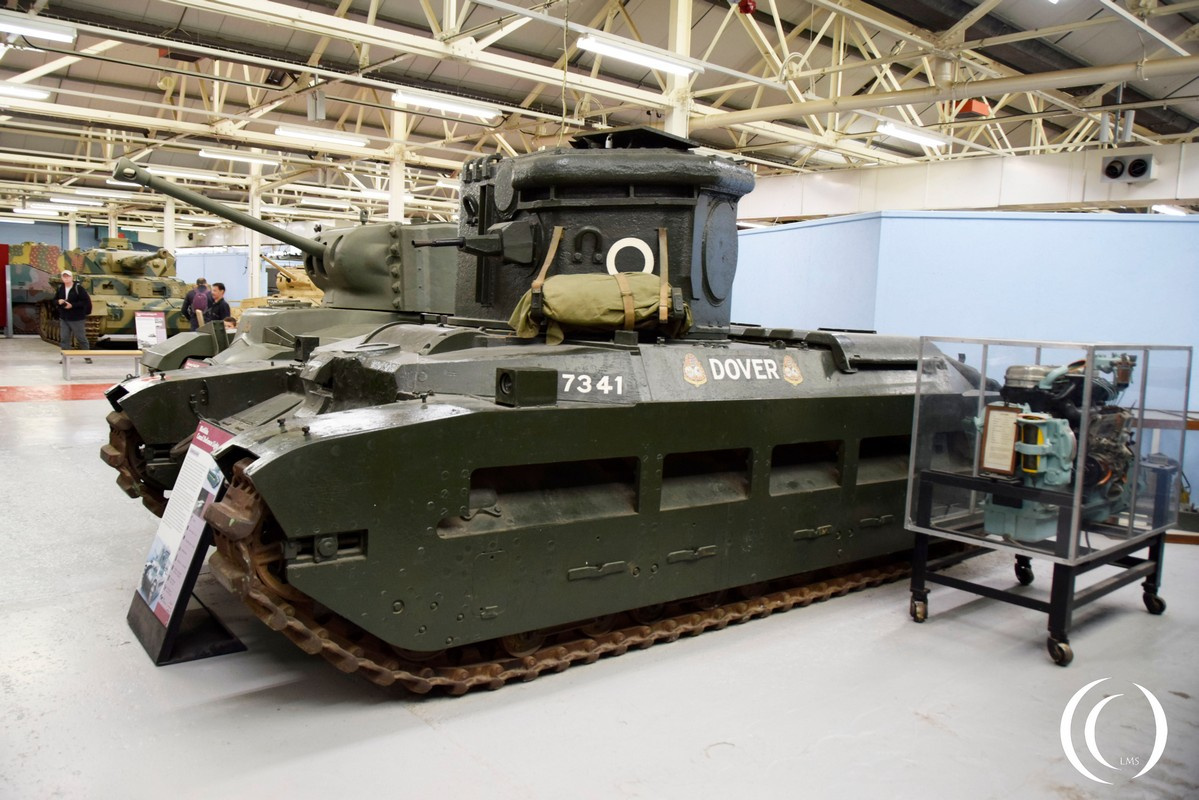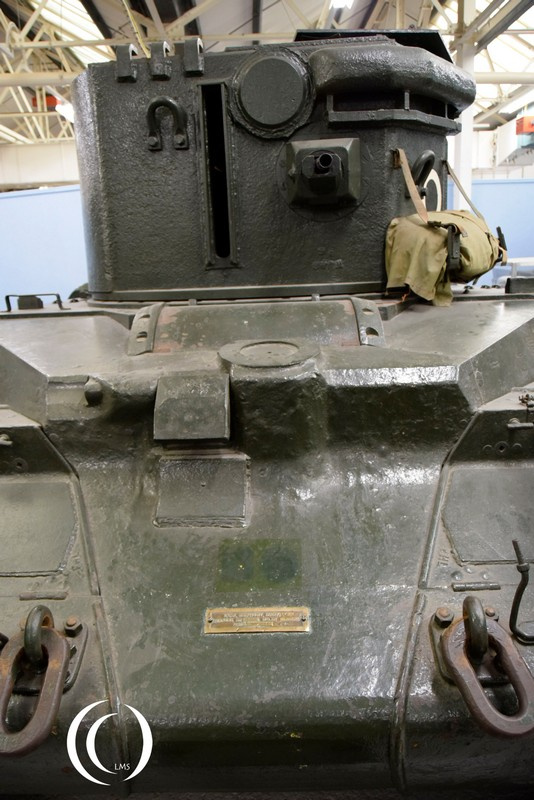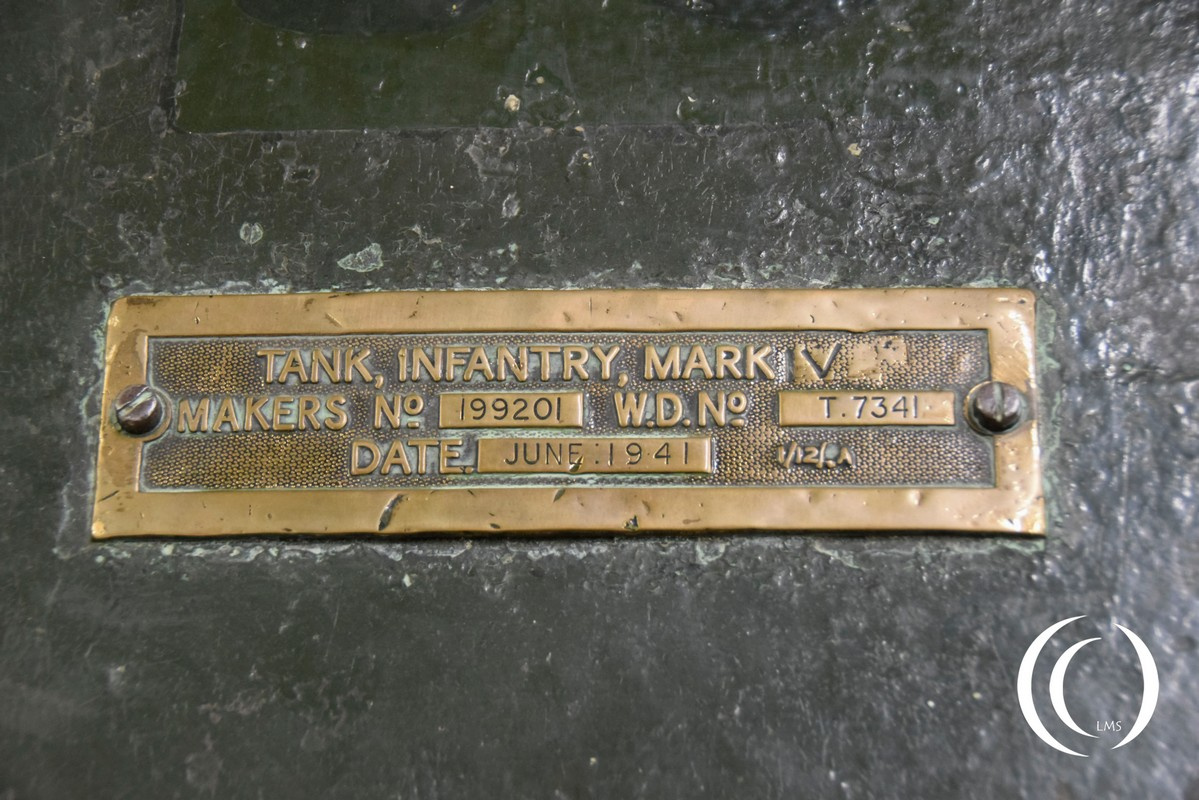The Canal Defence Light, based on Infantry Tank Matilda Mk II, was a British secret weapon of the Second World War. The use of a powerful searchlight mounted on a tank would help in night-time combat and would confuse and dazzle enemies. The name had to conceal its true purpose; the Americans called it the T10 Shop Tractor for the same reasons. For the conversion Matilda tanks were used at first, later they used Churchills, Shermans and M3 Grants to mount a searchlight. In our photo’s is a CDL based on a Matilda infantry tank.
The CDL’s were used at the Ludendorff bridge, better known as the Bridge at Remagen. The Germans used everything they got to destroy the bridge before the Allied could cross it. The Canal Defence Light searched the waters for frogmen, the Germans used a new Italian underwater breathing apparatus to get explosives to the bridge. The CDL’s searched for the frogmen, blinding and disorientating them. Due to constant small arms fire conventional searchlights couldn’t be used. Photographed at The Tank Museum in Bovington, England 2017. It is one of Hobart’s Funnies tanks, a selection of specialized armored vehicles named after Major General Percy Hobart.
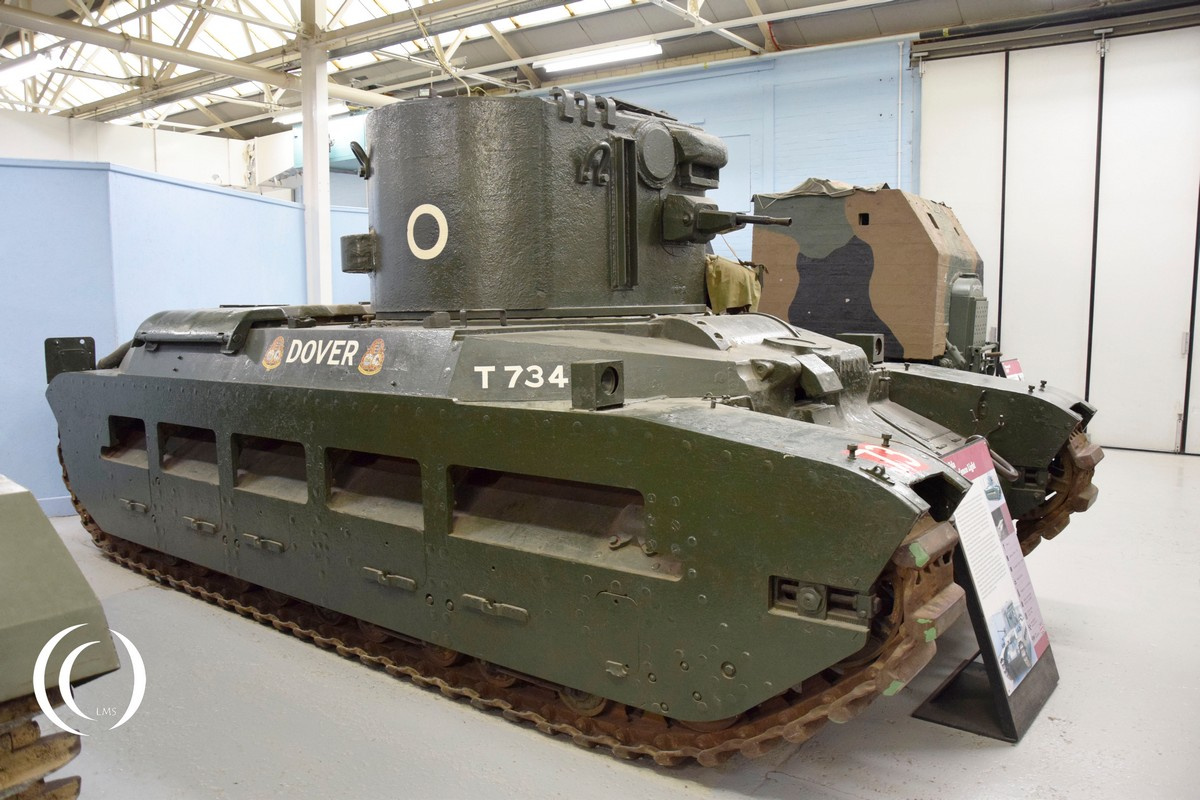
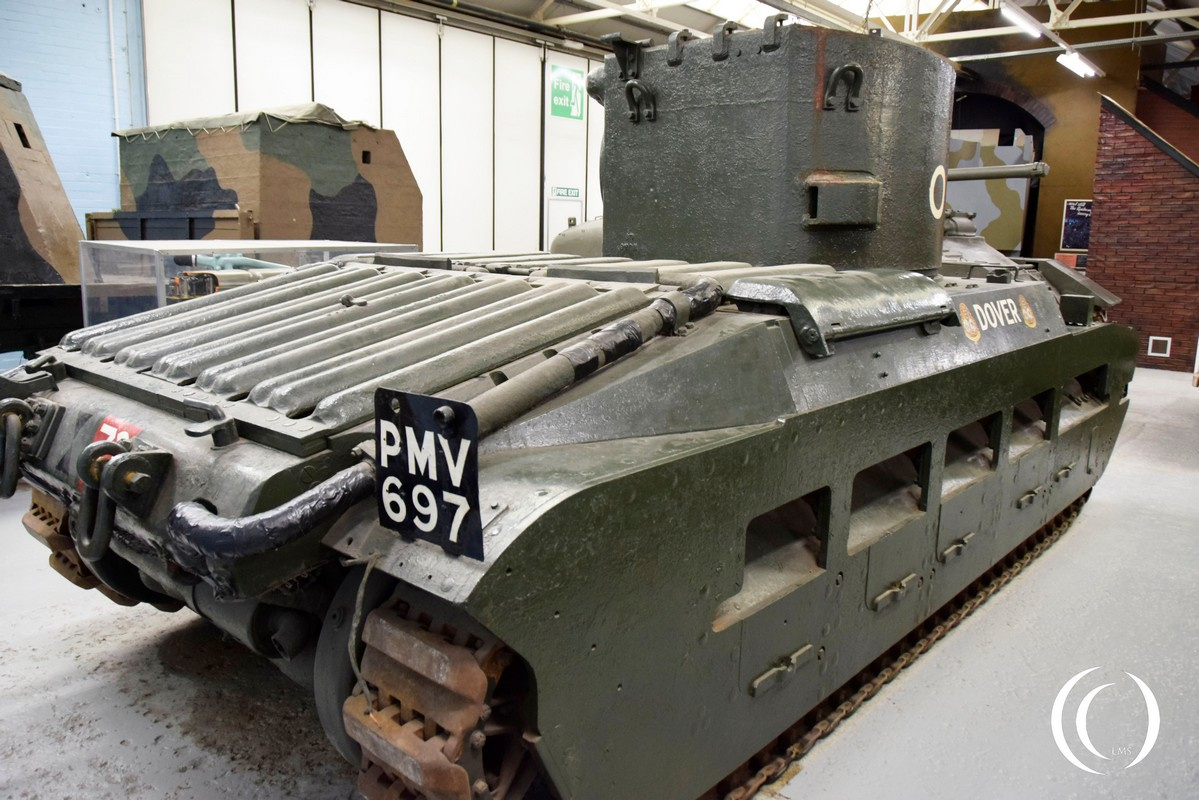
British Matilda Mk II CDL
The Canal Defense Light (CDL) was a British experimental vehicle developed during World War II, designed to provide illumination for nighttime combat operations, particularly in amphibious landings and river crossings. The concept was created to help troops advance under cover of darkness and illuminate enemy positions across waterways, allowing for more effective attacks.
This CDL was based on the chassis of the Matilda Mk II tank, but it featured a distinctive modification: a large searchlight mounted on the turret. The searchlight was capable of projecting an intense beam of light, which could illuminate areas up to several miles away, helping to blind or disorient enemy troops while aiding British forces in their advance. This searchlight was operated remotely from inside the tank, allowing the crew to control its direction and intensity.
Despite its innovative approach, the CDL was not widely used in combat, as its utility was limited by the complexities of operating in the field. Only a small number of these tanks were produced, and the project was eventually discontinued.
